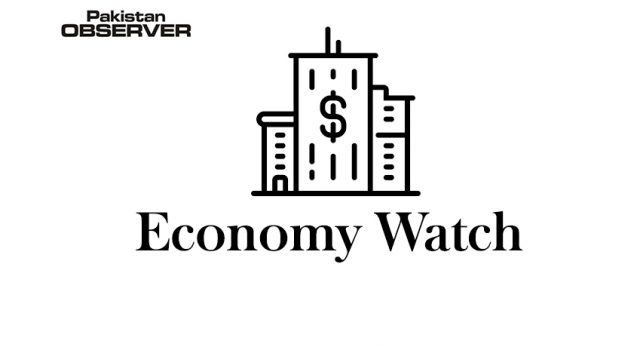ESRA Asif a postgraduate researcher from Pakistan, on a prestigious Marketing scholarship from University of Leeds Business school (UK), researches on one of the most significant long-term commitments that consumers make: getting a mortgage.
Research has been conducted in collaboration with the renowned consumer behaviour Professor J. Josko Brakus (interim head of Marketing department of Leeds Business School) and academically acclaimed Dr. Alessandro Biraglia.
The research looks into how consumers who perceive their finances to be scarce or abundant when responding to different types of message framing (what is said and how it is said) in mortgage advertisements.
The research gives insight into how consumers actively look and compare the reality of buying a mortgage (such as house prices, mortgage rates, risks and their income) to a fantasy (a garden, an extra bedroom for the kids’ nursery, or a terraced balcony).
The message framing takes into consideration, the curiosity which is triggered within consumers by wanting to fill in knowledge gaps.
When consumers are presented with abstract mortgage advertisements – those that are less detailed and specific – they want to find out more and resolve these knowledge gaps for being in the state of curiosity.
Thus, abstract mortgage advertisements can increase consumers’ curiosity within abundant and especially within scarce mindsets as found by this research.
Consumers within abundant mindsets tend to have higher curiosity as well as purchase intentions for mortgage advertisement as concluded from research.
Although concrete (detailed and specific) mortgage advertising increases purchase intentions within consumers in abundant and scarce mindsets.
Additionally, the unique perspective that research provides is to capture the curiosity (abstract advertising) and then increasing mortgage purchase behaviour (concrete advertising) within consumers in scarce mindsets.
The robustness of these results was achieved through the research design conducting a field study on 7,472 American consumers additionally lab experiments on 900 American consumers in high and low-income neighborhoods (representing the abundant versus scarce mindsets respectively).
Additionally, scarcity and abundant mindsets in consumers were also psychologically triggered through contextual cues.
Financial institutions and the banking industry have been changing their advertising practices to increase consumer confidence since the 2008 recession.
However, no advertising standardisation has been conclusively established by the financial industry through research.
Findings of this research helps financial services decide on effective messaging (concrete) for diverse income segments (high or low).
Effective advertising would help nudge consumers to make responsible, financial decisions – encouraging a better borrowing decision, particularly impacting those consumers at the greatest financial risk.
This will not only help to avoid housing bubbles such as the sub-prime mortgage crisis in the USA.
This would also help Pakistan in effective messaging to potential mortgage seekers especially in the low income groups (scarce mindsets) for success of ‘Naya Pakistan Housing Programme’.










